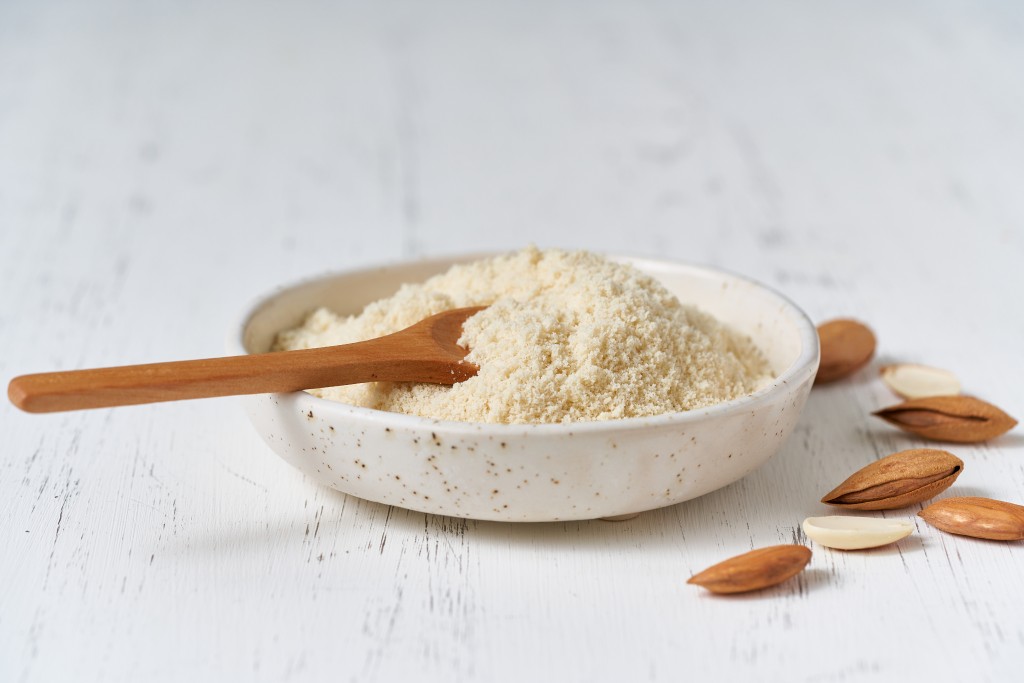What to Look for in Gluten-Free Flour Alternatives
Choosing the right gluten-free flour alternatives for baking and cooking requires careful consideration of key factors that impact product performance and consumer satisfaction. Some critical aspects include:
- Functional Properties: Gluten-free flours should offer the ability to bind ingredients, retain moisture, and deliver a desirable texture. This ensures baked goods have the right structure and cooked dishes maintain consistency.
- Nutritional Profile: Flours with high protein, fiber, or micronutrient content can add value to recipes, catering to health-focused markets.
- Flavor Compatibility: A neutral or complementary flavor profile is vital to ensuring the flour integrates seamlessly into a wide variety of recipes.
- Versatility: Flours that perform well across baking, frying, and thickening applications simplify formulation processes for diverse product lines.
- Supply Scalability: Consistency in sourcing and the ability to meet production demands are equally important in large-scale operations.
Top Gluten-Free Flour Alternatives for Baking and Cooking
Almond Flour
Almond flour is one of the most versatile gluten-free flours available. Its fine, moist texture lends itself beautifully to baked goods, creating rich, soft results in cakes, cookies, and pastries. The natural fat content in almond flour not only enhances flavor but also contributes to the mouthfeel consumers expect from high-quality products. In cooking, it works equally well as a breading alternative, delivering a crisp, golden coating that performs consistently across large-scale production.
Nutritionally, almond flour is a standout, providing protein, healthy fats, and vitamin E. This makes it a premium option for products aimed at health-conscious markets. Its performance across applications and clean-label appeal explain why it’s a preferred choice for many manufacturers.
Cassava Flour
Cassava flour’s neutral flavor and smooth texture make it a reliable all-purpose option. Unlike some alternatives, it’s known for working well as a direct wheat flour replacement in many recipes. This flour performs exceptionally in flatbreads, tortillas, and pie crusts, offering flexibility in both sweet and savory applications. While it’s low in protein, pairing it with flours like almond can help create a more balanced nutritional profile. Its consistency and wide range of uses make it a staple in gluten-free blends.
Oat Flour
Oat flour is loved for its mild, slightly sweet flavor, which enhances everything from cookies to muffins. It contributes a soft, tender texture to baked goods, making it ideal for recipes where a light crumb is essential. Beyond its functional qualities, oat flour is high in fiber, which adds nutritional value that resonates with health-focused audiences. It does well as part of a blend, particularly when paired with flours like tapioca to enhance elasticity.
Brown Rice Flour
Brown rice flour brings a subtle, neutral flavor to recipes, making it suitable for a variety of applications. In frying, it creates a light, crispy coating that appeals to both texture and flavor expectations. It also performs well as a thickener for gravies and soups, ensuring consistency and smoothness. While its texture can be slightly gritty in baked goods, it complements starchier flours like tapioca to produce more refined results.
Tapioca Flour
Tapioca flour is a favorite for enhancing texture, especially in gluten-free bread or products requiring chewiness. It’s a highly effective thickener, bringing a glossy finish to sauces and pie fillings. Although tapioca flour is low in protein, it blends well with more nutrient-dense flours to create balanced recipes. Its unique ability to mimic elasticity makes it an important component in many gluten-free formulations.
Optimizing Gluten-Free Flour Blends for Commercial Use
Blending gluten-free flours allows for greater flexibility and performance, addressing the limitations of individual flours. For example, pairing almond flour with tapioca can enhance structure and elasticity, while cassava flour’s neutral flavor works well as a base for blends. Custom formulations can address specific needs such as moisture retention in baked goods, crispiness in fried products, or stability in sauces.
For manufacturers, developing precise blends ensures products maintain consistency across batches while meeting consumer expectations. The ability to fine-tune ratios for texture, taste, and functionality provides a significant advantage in product development, allowing businesses to deliver gluten-free options without compromising quality.
Craft the Ultimate Gluten-Free Products with Harris Woolf Almonds
Almond flour stands out as a cornerstone of gluten-free innovation, and Harris Woolf Almonds offers unmatched quality in this space. Our almond flour delivers a smooth texture and rich nutritional profile, making it ideal for baking, frying, and blending. With customizable options like blanched or natural varieties, we work closely with food producers to ensure our flour meets their unique product requirements.
Let our team of almond specialists help you develop formulations that succeed in today’s competitive market. Talk to us today to learn more about our almond flour, product specifications, or request a sample. We’re here to support your journey toward creating exceptional gluten-free products.
Reach out today!













